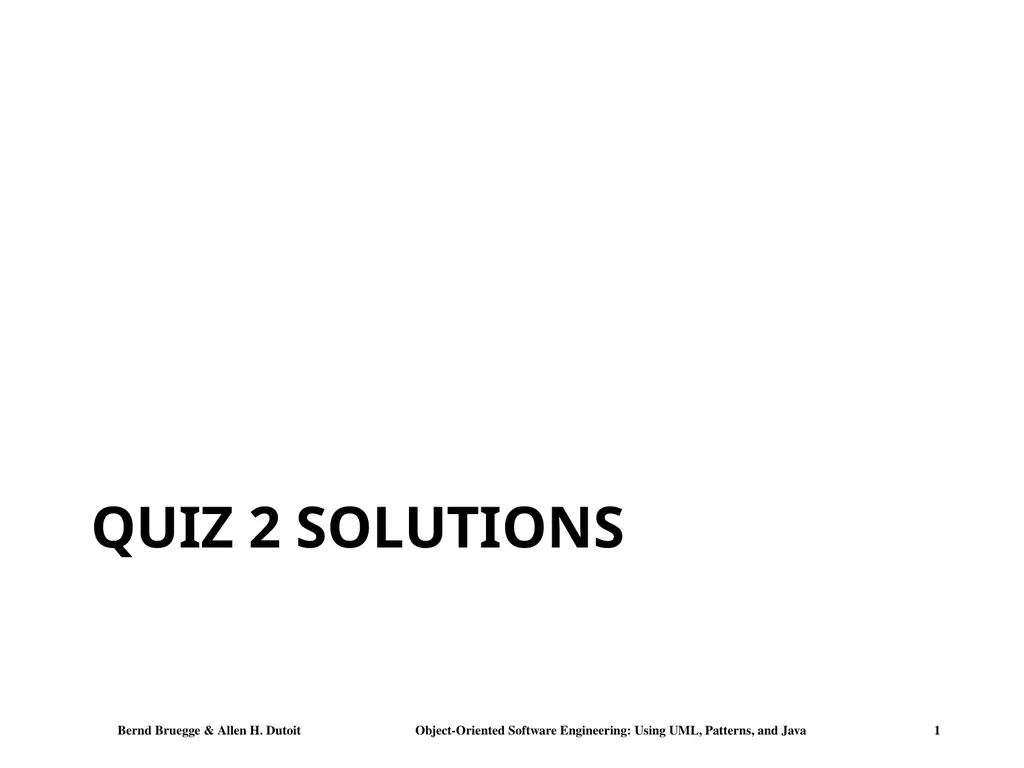
QUIZ 2 solutions 1 - Consider a file system with
Author: tatiana-dople | Published: 2025-05-28
Description: QUIZ 2 solutions 1 - Consider a file system with a graphical user interface, such as Macintoshs Finder, MicrosoftsWindows Explorer, or Linuxs KDE. The following objects were identified from a use case describing how to copy a file from a
Download Presentation
Download the PPT/PDF: Download
Transcript:
Loading transcript…